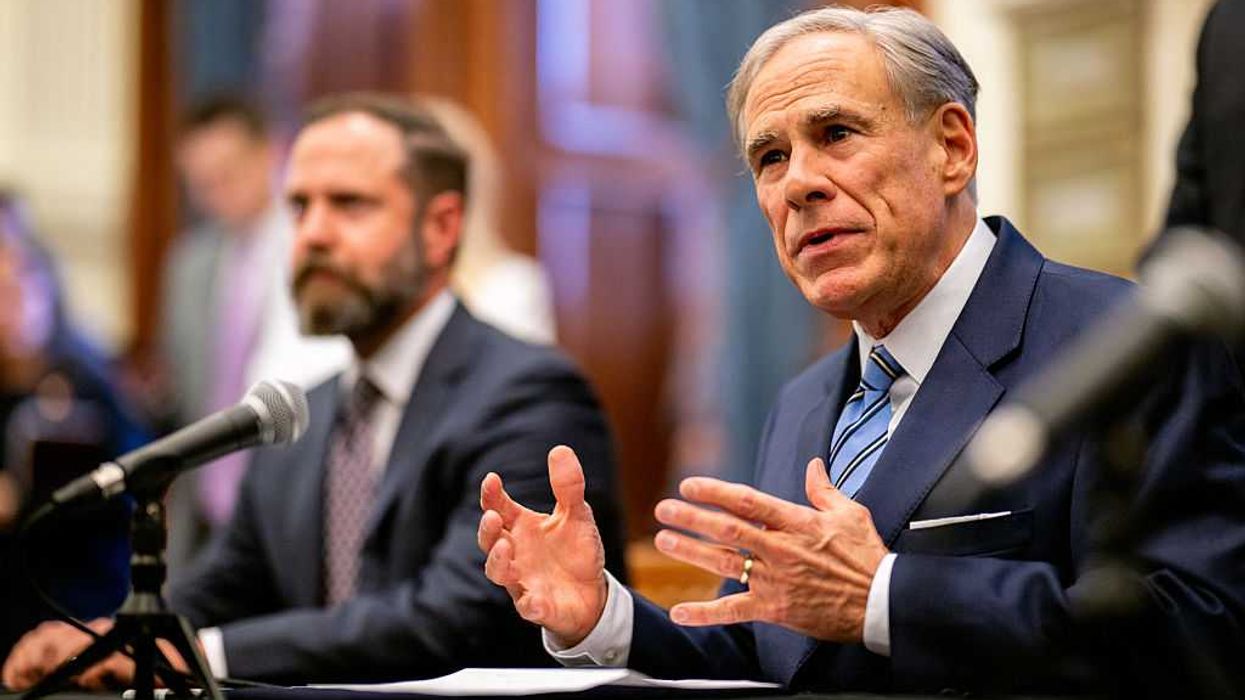We cannot make the same mistake we made in 2016 — celebrating victory while the deep state plots its next move.
In 2016, Donald Trump shocked the world by defeating Hillary Clinton. Conservatives cheered, believing we’d taken back the reins of our country. But we missed the bigger battle. We failed to recognize the extent of the damage caused by eight years of Barack Obama and decades of progressive entrenchment. The real war isn’t won at the ballot box. It’s being waged against an insidious force embedded deep within our institutions: the administrative state, or the “deep state.”
This isn’t a new problem. America’s founders foresaw it, though they didn’t have a term for “deep state” back in the 1700s. James Madison, in Federalist 48, warned us that combining legislative, executive, and judicial powers in the same hands is “the very definition of tyranny.” Yet today, that’s exactly where we stand. Unelected bureaucrats in agencies like the Environmental Protection Agency, the Department of Energy, and the Department of Justice hold more power than the officials we vote for. They control the levers of government with impunity, dictating policies and stifling change.
This is the fight for the soul of our nation. The founders’ vision of a constitutional republic is under siege.
We’ve felt the consequences of this growing tyranny firsthand. During COVID-19, so-called experts ran our lives, crushing civil liberties under the guise of public safety. Our intelligence agencies and justice system turned into weapons of political warfare, targeting a sitting president and his supporters. Meanwhile, actual criminals were given a pass, turning American cities into lawless war zones.
Thomas Jefferson wrote in 1816 that “the functionaries of every government have propensities to command at will the liberty and property of their constituents.” Today, we see Jefferson’s prophecy fulfilled. The deep state exercises unchecked power over our freedoms, and information itself is controlled by the fourth branch of government: the legacy media.
Even when we win elections, the deep state doesn’t concede defeat. It switches to survival mode. Trump’s first term proved this. Despite a historic mandate to dismantle the bureaucracy, the deep state fought back with everything it had: leaks, investigations, court rulings, and obstruction at every turn. And now, with the possibility of Trump returning to office, the deep state is preparing to do it again.
Progressives are laying out their attack plan — and they’re not even hiding it.
U.S. Rep. Wiley Nickel (D-N.C.) recently boasted about forming a “shadow cabinet” to govern alongside the deep state, regardless of who’s in the White House. Nickel called it “democracy’s insurance policy.” Let’s be clear: This isn’t insurance. It’s sabotage.
They’ll employ a “top down, bottom up, inside out” strategy to overwhelm and collapse any effort to reform the system. From the top, federal judges and shadow officials will block Trump’s every move. Governors in blue states like California and New York are gearing up to resist federal authority. During Trump’s first term, California filed over 100 lawsuits against his administration. Expect more of the same starting January 20.
From the bottom, progressive groups like the American Civil Liberties Union will flood the streets with protesters, much as they did to oppose Trump’s first-term immigration reforms. They’ve refined their tactics since 2016 and are prepared to unleash a wave of civil unrest. These aren’t spontaneous movements; they’re coordinated assaults designed to destabilize the administration.
Finally, from the inside, the deep state will continue its mission of self-preservation. Agencies will drag their feet, leak sensitive information, and undermine policies from within. Their goal is to make everything a chaotic mess, so the heart of their power — the bureaucratic core — remains untouched and grows stronger.
We cannot make the same mistake we made in 2016 — celebrating victory while the deep state plots its next move. Progressives never see themselves as losing. When they’re out of power, they simply shift tactics, pumping more blood into their bureaucratic heart. We may win elections, but the war against the deep state will only intensify. As George Washington warned in his Farewell Address, “Government is not reason, it is not eloquence — it is force; and force, like fire, is a dangerous servant and a fearful master.”
This is the fight for the soul of our nation. The founders’ vision of a constitutional republic is under siege. The deep state has shown us its plan: to govern from the shadows, circumventing the will of the people. But now that the shadows have been exposed, we have a choice. Will we accept this silent tyranny, or will we demand accountability and reclaim our nation’s heart?
The battle is just beginning. We can’t afford to lose.
Editor's Note: This article was originally published on TheBlaze.com.


 Harold M. Lambert / Contributor | Getty Images
Harold M. Lambert / Contributor | Getty Images Adam Gray / Stringer | Getty Images
Adam Gray / Stringer | Getty Images Anadolu / Contributor | Getty Images
Anadolu / Contributor | Getty Images Brandon Bell / Staff | Getty Images
Brandon Bell / Staff | Getty Images